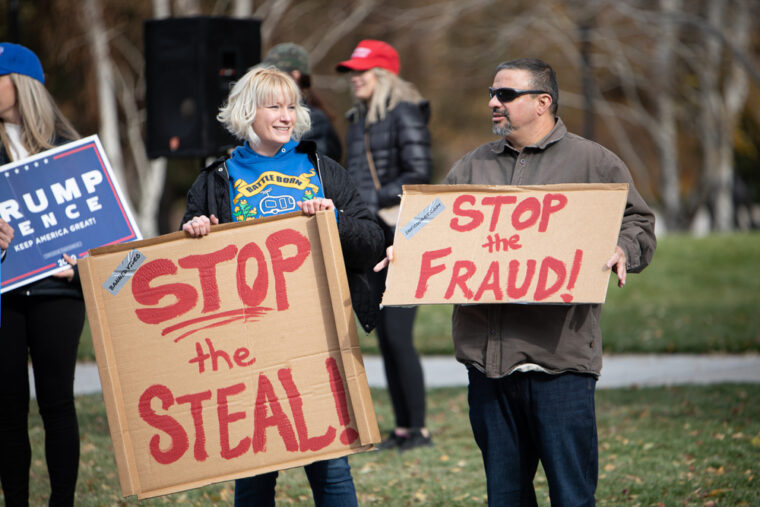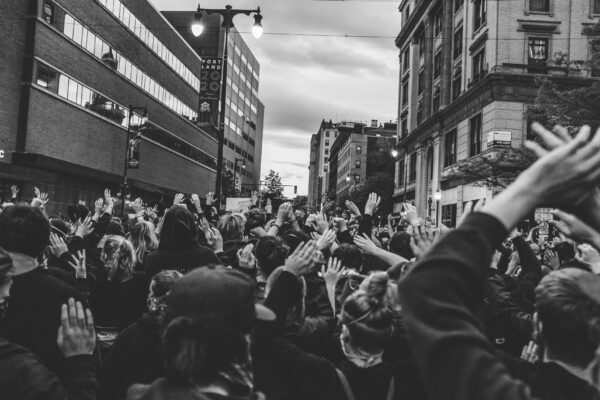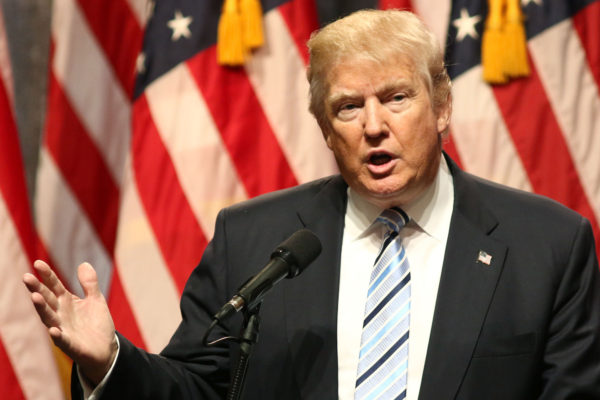When a group violently attacks a government institution in an effort to change the lawful governmental order, it is insurrection, says an expert on the U.S. Constitution at Washington University in St. Louis.
“We’re experiencing a period of public political protest like nothing in recent memory,” said Greg Magarian, the Thomas and Karole Greene Professor of Law. “It has never been more important than it is at this moment to distinguish among different kinds of public political action.”

Protest is when people assemble and speak lawfully in public, he said. “Protesters may form in large groups. They may use harsh language. They may scream at law enforcement officers. That’s all still protest. It’s all perfectly lawful and Constitutionally protected.”
Civil disobedience is when people nonviolently break the law to make a political point, Magarian said.
“Some acts of civil disobedience, like blocking traffic, generally are tolerated by law enforcement,” he said. “Other acts of civil disobedience, like occupation of government buildings, usually result in arrests. Most civil disobedience does not result in serious legal punishment. Our system, in responding to civil disobedience, generally tries to strike a balance between maintaining law and order and leaving ample space for public political expression.”
Deliberate damage to property is unlawful, he said.
“Most proponents of civil disobedience would say that breaking windows or spraying graffiti on buildings is not justified,” he said. “Property damage usually results in prosecution if law enforcement can identify the perpetrators. Some more serious property damage, like arson, can result in very serious criminal penalties.
“When a group violently attacks a government institution in an effort to change the lawful governmental order, that’s insurrection. It’s terrorism.”
Greg Magarian
“However, none of those categories, not even property damage, approaches what happened inside the Capitol barricades and the Capitol building Jan. 6,” he continued. “When a group violently attacks other people or attacks a public place in a way that puts other people’s lives or safety in jeopardy, that’s a severe crime. It’s a violent riot, an attack. When a group violently attacks a government institution in an effort to change the lawful governmental order, that’s insurrection. It’s terrorism.”
Magarian pointed to this past summer’s protests across the United States in response to the deaths of George Floyd and Breonna Taylor as, for the most part, exemplars of constitutionally protected protest. He contrasted those lawful protests with violent attacks on federal- or state-owned institutions — specifically, when organized groups have violently seized or shut down those institutions.
“The Bundy family takeover of the Malheur National Wildlife Refuge in 2016 was terrorism and insurrection,” Magarian said. “The militia takeover of the Michigan State Capitol in April was terrorism and insurrection. The militia shutdown of the Oregon Statehouse in June 2019 was terrorism and insurrection.
“The takeover of the U.S. Capitol on Jan. 6, 2021, incited by the president of the United States and his agents, was terrorism, insurrection and an attempted violent coup.”




Comments and respectful dialogue are encouraged, but content will be moderated. Please, no personal attacks, obscenity or profanity, selling of commercial products, or endorsements of political candidates or positions. We reserve the right to remove any inappropriate comments. We also cannot address individual medical concerns or provide medical advice in this forum.